Trustindex verifies that the original source of the review is Google. I contacted radiant solutions company through their contact us tab on the website. Matt answered my email very promptly. I had a few more questions so I sent him another email and he called me right back by phone instead of chatting back-and-forth n email. He took the time to answer all my questions and give me inside tips on installation. I highly recommend them and I highly recommend Matt as a sales / customer service representative.Posted onTrustindex verifies that the original source of the review is Google. We are so pleased with the service and product from this company. The self regulating pipe heating cables that we have purchased have kept our pipes in our RV from freezing and running smoothly in this super cold winter. They have been easy to install and monitor. I would highly recommend ALL of the products from this company.Posted onTrustindex verifies that the original source of the review is Google. I've worked with these guys a few times now and they've been super helpful every time and are great to work with!Posted onTrustindex verifies that the original source of the review is Google. Amazing products and the best customer service! Have used them for a while and will continue to do so. This company is great to work with.Posted onTrustindex verifies that the original source of the review is Google. This is a fantastic company with well thought out and high-quality products. The 'kits' for cable ends, tees and terminals are complete and easy to install. All instructions are complete and excellent support is available. The paper installation manual is a complete planning and installation guide. Company support is first rate. Highly recommended vendor.Posted onTrustindex verifies that the original source of the review is Google. Excellent products from an outstanding company. Very glad everything is American made and it shows! I contacted the company twice before ordering and I received an answer within the hour. Shipping was vey fast since I ordered on Friday and was delivered on Monday! The 10 year warranty is superior and instructions are clear. There is not another heat cable on the market that even come close to these guys.Posted onTrustindex verifies that the original source of the review is Google. Great installation of heat tape on two roof sections. Installer showed up on time, did a professional job, and checked that it worked.Posted onTrustindex verifies that the original source of the review is Google. As an installer of Heat Tape on homes, Radiant Solutions provides super high quality heat cable. It’s a mix of ease of installation and some of the best customer support that makes this above and beyond expectations. The waves this cable creates in rooflines is very satisfying to install and look at. Grip Clips are the best and strongest way to securely mount it to the roofline.Posted on
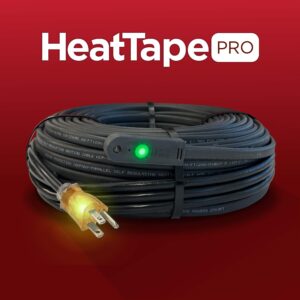
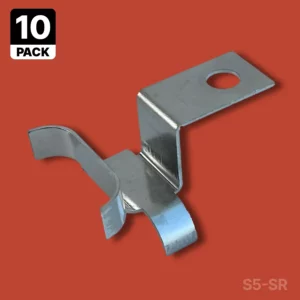
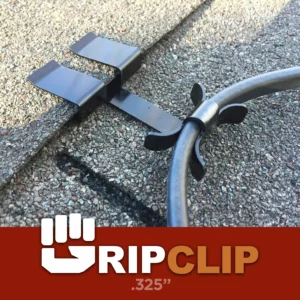
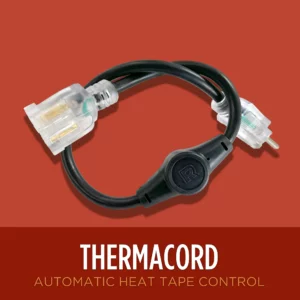

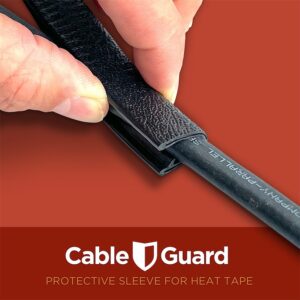
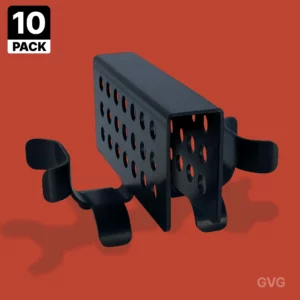
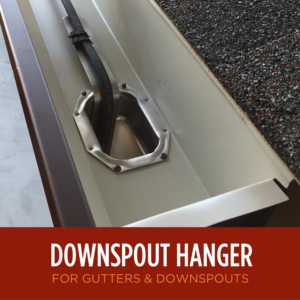
Once it turns on, the self-regulating aspect takes over and directs heat to the area(s) of the cable that are in contact with the cold. The thermostat should be positioned outside of the insulating layer so it can effectively read the temperature of the air.
Like Heat Tape Pro, Pipe Freeze Pro should not be installed on pipes that regularly heat up to over 150ºF as this may cause longterm damage to the heat cable. It therefore depends on how hot you have your water heater set to. On average, water heaters are set to about 140ºF to prevent scalding.
Good news. Heat Tape Pro and Pipe Freeze Pro are the only heat cables in the world you can see is working. The GlowCap is the LED end cap used to terminate all of our pre-terminated heat cables. If you see the green light glowing at the end of the cable, the cable is working. We also offer a GlowCap End Seal Kit for field assembled cable systems.
Another quite obvious way of determining if your heat cable is working is to feel if it is warm.
Our cables operate at between 40ºF to 90ºF so they will not melt or damage any surface or material they come into contact with. Except chocolate. Our cables will thoroughly melt chocolate.
Pipe Freeze Pro’s integrated thermostat turns power on and off automatically to the cable to save electricity. The thermostat is the lump located between the power cord and the heat cable. The thermostat triggers the cable to turn on at 37ºF and off at 50ºF, with a sensitivity range of +/- 4ºF. It’s a great feature that makes Pipe Freeze Pro unique among heat cables on the market.
Yes and no. The cable is approved for exposure to wet conditions but you should keep the thermostat dry for proper operation.
No. The thermostat need only be exposed to cold air. It does not hurt to have the thermostat attached to the pipe but it is not necessary. If you choose to attach it to the pipe keep in mind that the thermostat should not be covered with insulation.
No. You want the thermostat to react to the cold environment so it triggers the Pipe Freeze Pro to turn on.
Heat Tape Pro is our line of robust, outdoor rated cable. It’s designed specifically for the demands of extreme environments including wet locations such as outdoor pipes, open drain lines and of course roof and gutter de-icing applications. Do not use Pipe Freeze Pro as it is rated for dry locations only.
Including a thermostatic heat tape switch or controller in your installation will cut power to your heat tape in times it is not needed. This will lessen your environmental footprint and save you money.
Savings will always depend on the weather and how often you have temperatures above the threshold that the switch turns on your heat cable. In most situations where heat cable is needed, savings will offset the cost of the ThermaCord and then some.
Yes. When the Heat Tape is plugged into a working outlet the plug will light up.
Note:
If you are using a Thermostatic switch like the ThermaCord with Heat Tape Pro, the plug on your heat tape will only be lit up when the ambient temperature is low enough and your ThermaCord has switched on power to your Heat tape. (for Pipe Freeze Pro, the thermostatic switch is integrated and comes after the plug, so your plug should be illuminated)